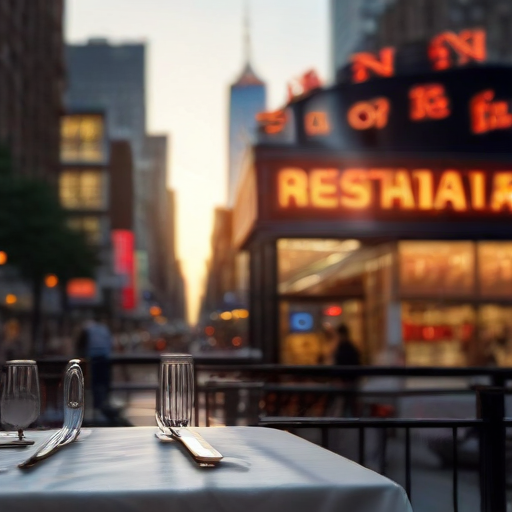Dining in New York City has become a formidable challenge, as securing a reservation at the city’s most coveted restaurants has never been more difficult. Over the past three years, eager diners have found that gaining access to the trendiest culinary spots has evolved from a complex process to an almost unattainable feat.
Joel Montaniel, CEO of the reservation platform Sevenrooms, highlighted the intensity of the situation, stating that even restaurateurs struggle to provide advice on overcoming the reservation hurdles. This increasing competitive nature prompted the New York state legislature to ban third-party booking platforms like Appointment Trader, which had been allowing users to sell restaurant reservations for inflated prices, akin to the scalping seen at concerts and sporting events.
Melissa Fleischut, President & CEO of the New York State Restaurant Association, praised this legislation as a significant advancement for the hospitality sector, aiming to lessen the competition for bookings and safeguard restaurants from financial losses associated with costly cancellations.
Despite these legislative efforts, the growing appetite for exciting and luxurious dining experiences continues to surpass their availability. Travel advisor Jaclyn Sienna India noted that since the pandemic, restaurant, hotel, and travel bookings have surged, highlighting a shift in consumer preferences. India, who has spent 16 years managing a concierge service for affluent clientele, explained that the modern diner typically favors trendy spots focused on creating an exceptional experience over traditional fine dining.
Consumers are increasingly drawn to dining experiences defined by “FOMO” (fear of missing out), where simply securing a coveted reservation has become a status symbol in itself.
For those determined to claim a spot at these exclusive venues, persistence is vital. The article hints at revealing which New York restaurants are currently the most elusive, providing hopeful tips for aspiring diners.
This increasing popularity with a twist on exclusivity suggests that while the challenge of obtaining reservations is greater than ever, it also emphasizes a thriving culinary scene that remains vibrant and alluring. As more restaurateurs adapt to these trends, new possibilities may arise, leading to exciting dining experiences for those who remain tenacious in their pursuit.
In summary, navigating New York City’s dining landscape is challenging, yet it reflects a dynamic and resilient hospitality culture, adapting to new consumer desires and seeking to protect its unique offerings.
